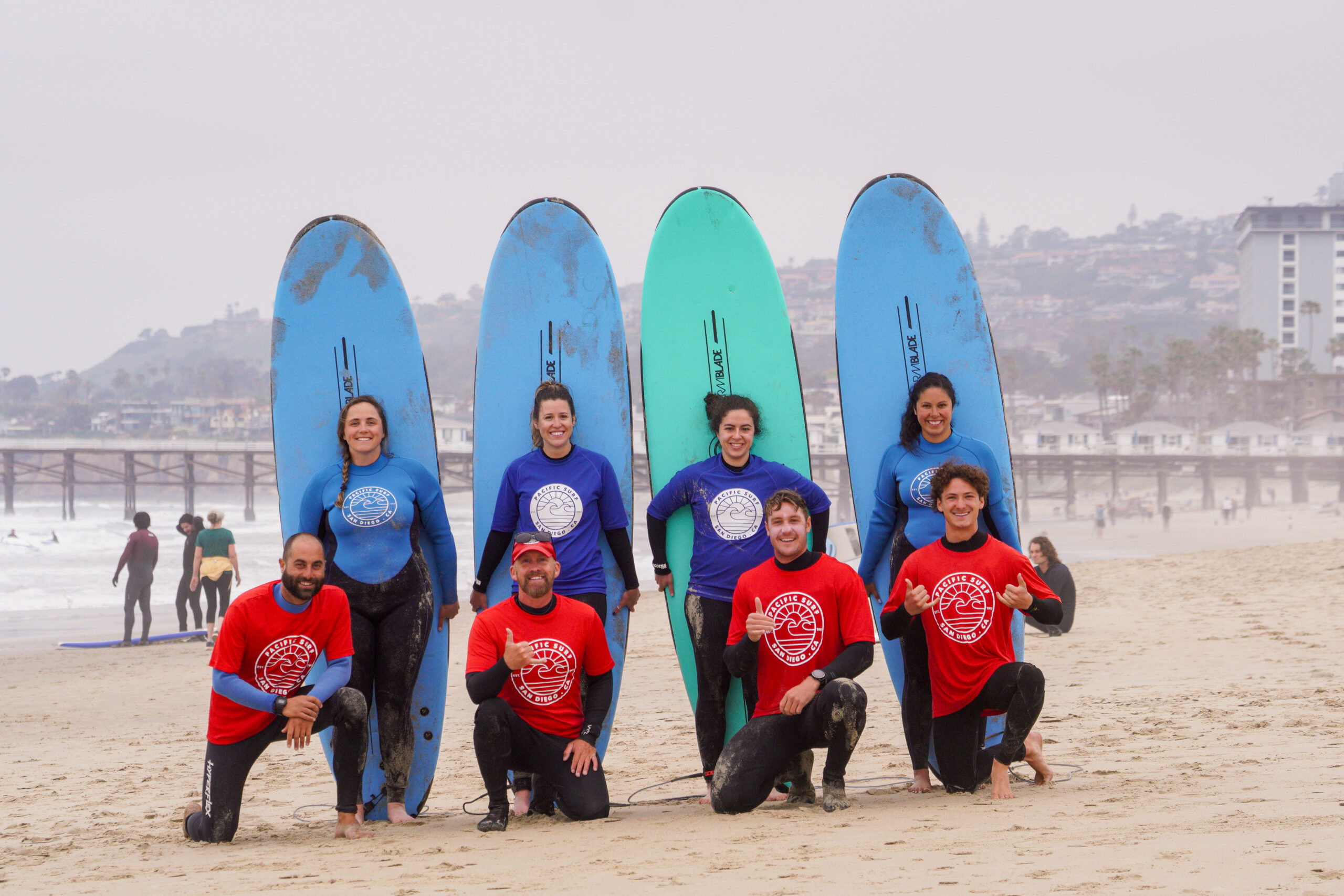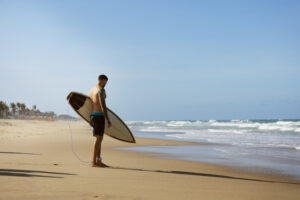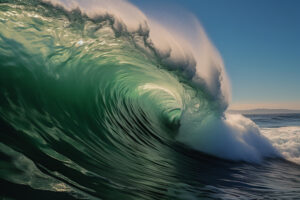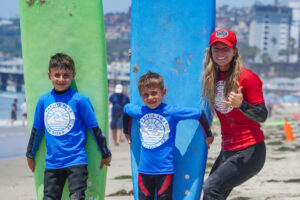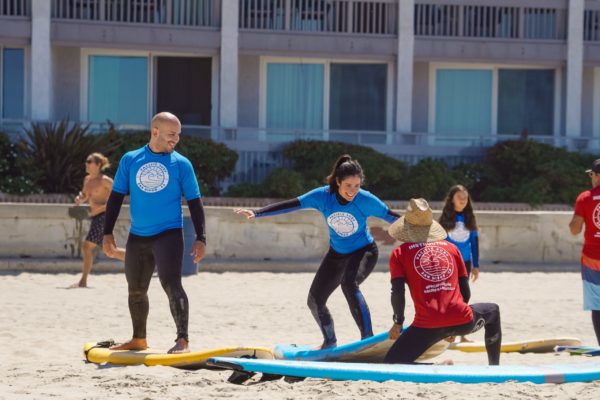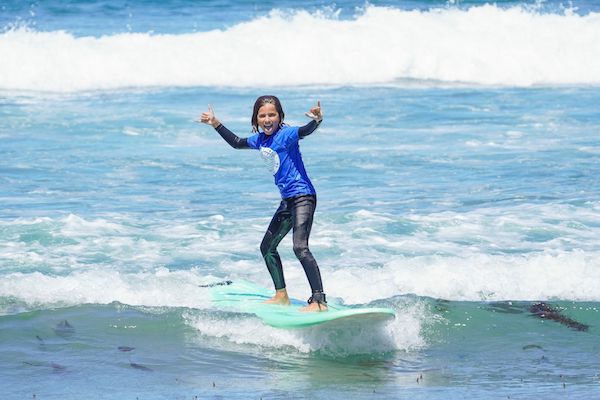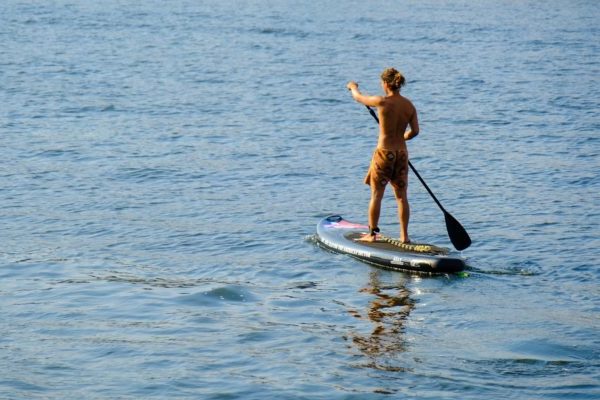Within the surfing community, the Surf Dictionary serves as a key resource. There is a language that permeates the world of surfing, from slang to expressions that describe sea conditions. For those embarking on this journey, it’s very interesting to take a look at this small dictionary, containing some of the most used expressions and terms by surfers.
Through these words, the surf culture manifests itself, as behind each expression there is a meaning often loaded with history. From terms describing the nuances of waves to the slang used in conversations among surfers, each word is more than just a description; it’s a reflection of the identity and shared experience within this community.
Surf Dictionary: Some Terms and Expressions Used by Surfers and Their Meanings
In surfing, language goes beyond common words, reflecting the culture and lifestyle of this passionate community. Among some expressions and terms used by surfers and their meanings:
Surf Dictionary Essentials: Exploring Regular and Goofy Stances
In the surf dictionary, “regular” refers to a stance in which the surfer rides with their left foot forward on the surfboard. This stance is the most common among surfers worldwide, with the left foot positioned near the front (nose) of the surfboard and the right foot near the back (tail). Surfers who ride regular typically lead with their left foot when paddling into waves and perform maneuvers with their body oriented toward the wave’s face. The regular stance is often considered more natural for many surfers, as it aligns with their dominant foot and provides stability and control while riding waves.
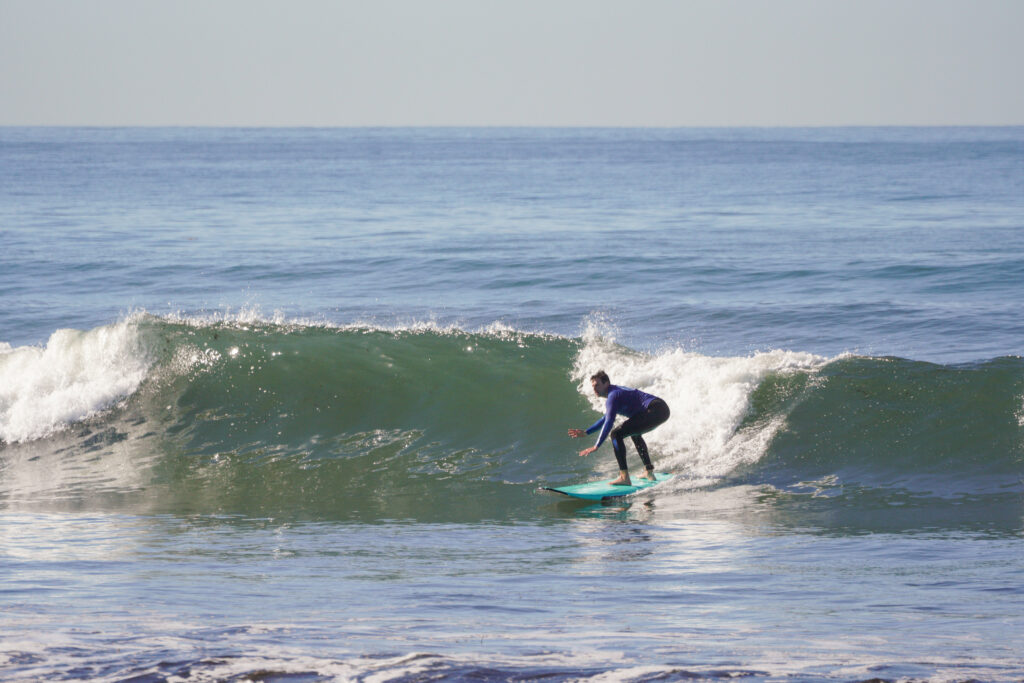
On the other hand, “goofy” refers to a stance where the surfer rides with their right foot forward on the surfboard. This stance, less common than regular, positions the right foot near the front (nose) of the board and the left foot near the back (tail). Goofy-footed surfers lead with their right foot when paddling into waves and execute maneuvers with their body facing away from the wave’s face. Some surfers naturally adopt the goofy stance due to their dominant foot, while others choose it for personal preference. Like the regular stance, riding goofy requires balance, coordination, and practice to master effectively.
Swell
A swell refers to a series of ocean waves generated by distant weather systems or storms. These waves travel across vast distances of open ocean until they reach the coastline, where they interact with the seafloor and shoreline to produce surfable waves. Swell can vary in size, direction, and period, influencing the quality and character of waves at different surf spots. Surfers keenly monitor swell forecasts to determine the best times and locations for surfing.
Offshore
In surfing, “offshore” describes wind blowing from the land toward the ocean. Offshore winds are favorable for surfing because they create clean, well-defined wave faces with smooth surfaces. As offshore winds blow against the breaking waves, they hold up the wave faces, allowing for longer rides and optimal surfing conditions. Offshore winds also help groom the waves, resulting in cleaner barrels and more enjoyable surfing experiences.
Backside
The term “backside” in the surf dictionary refers to riding a wave with the surfer’s back facing the wave. For regular-footed surfers (left foot forward), riding backside typically involves facing the wave’s face while looking over the shoulder toward the breaking wave. Conversely, for goofy-footed surfers (right foot forward), riding backside involves facing away from the wave’s face. Backside surfing requires different techniques and body positioning compared to frontside surfing, presenting unique challenges and opportunities for maneuvers.
Drop
The “drop” in surf dictionary refers to the initial descent or entry onto the face of a breaking wave when catching it. It is a critical moment for a surfer, as successfully navigating the drop sets the stage for riding the wave. Depending on wave size, steepness, and shape, the drop may require precise timing, positioning, and balance to maintain control and continue riding down the wave face. A well-executed drop can lead to an exhilarating and rewarding surfing experience.
Glassy
In the surf dictionary, “glassy” describes wave conditions with a smooth, glossy surface free from wind ripples or surface texture. Glassy waves often occur during early morning or late evening hours when winds are light or offshore. Glassy conditions create pristine wave faces that offer excellent clarity and optimal performance for surfing maneuvers. Surfers cherish glassy waves for their beauty, smoothness, and ideal surfing conditions, allowing for smooth rides and enhanced maneuverability on the wave face.
Closing Out
When waves “close out” in surfing, it means that the entire wave breaks simultaneously along its length, preventing surfers from riding along its face. Closing out waves are characterized by a lack of open or ridable sections, as the entire wave becomes whitewater or foam. This phenomenon typically occurs on waves with steep or uniform profiles, where the energy of the wave dissipates quickly along its length. Closing out waves pose challenges for surfers, as they limit opportunities for maneuvers and can result in abrupt ends to rides.
Flat
In the surf dictionary, “flat” typically describes wave conditions that lack significant swell or wave activity. When the ocean appears calm, without noticeable waves or swells, it is said to be flat. Flat conditions can occur due to various factors, including calm weather, lack of wind, or the absence of swell-producing storms in the area. Surfers may find flat conditions less exciting for surfing, as there are fewer opportunities for riding waves.
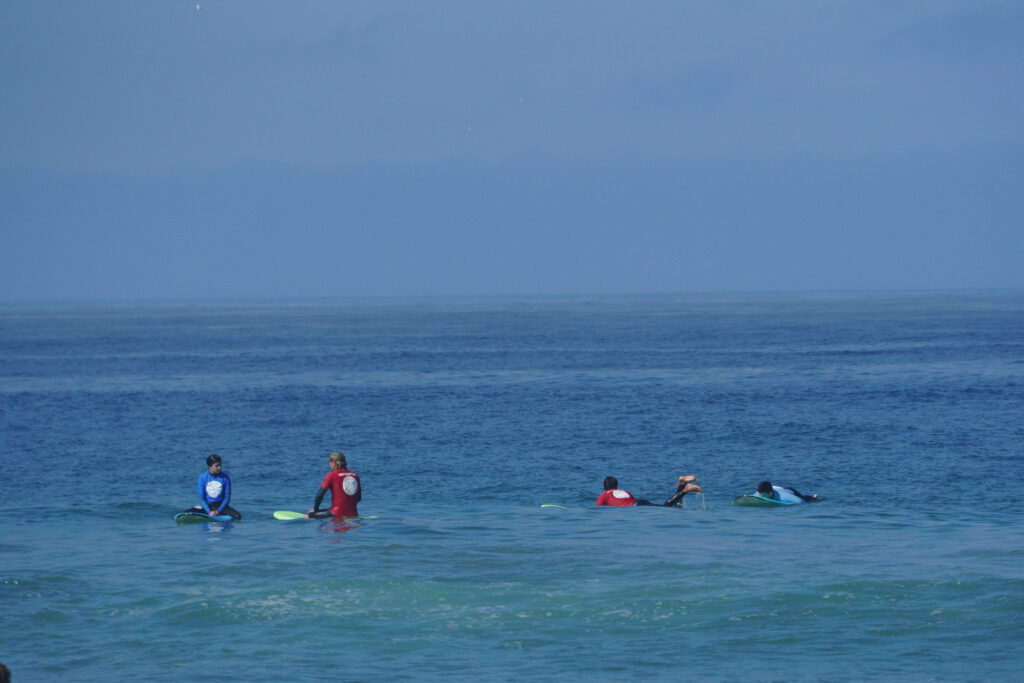
High Tide
High tide refers to the point in the tidal cycle when the ocean reaches its maximum height or water level. It occurs when the gravitational forces of the moon and sun align, causing an increase in water level along coastlines. High tide can significantly influence surfing conditions, as it affects wave shape, breaking patterns, and water depth at surf spots. Depending on the specific characteristics of a surf break, high tide may produce fuller or more powerful waves, alter the positioning of sandbars or reefs, and impact accessibility to certain areas of the coastline.
Low Tide
Low tide is when the ocean reaches its minimum water level, opposite to high tide. It exposes more of the seafloor and shoreline, revealing sandbars and rocks. In surfing, low tide affects wave shape, breaking patterns, and water depth, offering different surf conditions. Surfers need to consider low tide when planning sessions and selecting spots.
If you want to learn more about surf culture and improve your skills on the waves, join Mission Beach Surfing School! Our experienced team is ready to assist you!

